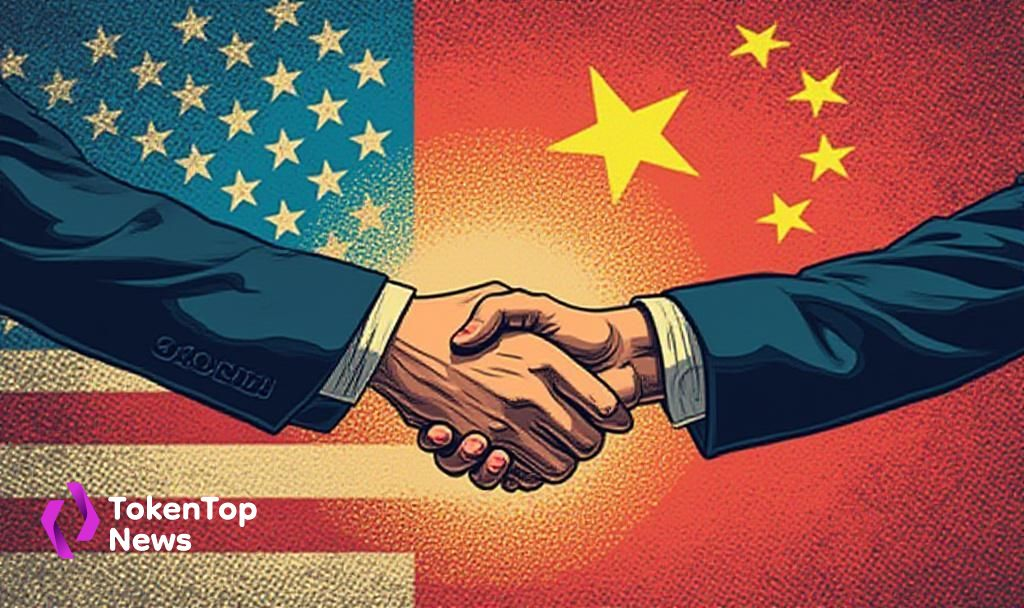China, U.S. Agree on Continued Tariff Pause
- The U.S. and China decide to keep existing tariffs unchanged after talks.
- No immediate effect observed on cryptocurrency markets following the agreement.
- Leadership from both countries consider this a step towards economic stability.

China and the United States have decided to continue the current tariff pause levels following talks held in Stockholm led by Li Chenggang and Scott Bessent.
Maintaining tariff pause levels ensures no immediate market disruption, particularly affecting global trade stability and underlying sentiment in financial markets, including indirect influences on cryptocurrency values.
Recent talks in Stockholm between U.S. and China have led to a decision to maintain the current tariff pause levels. Both nations continue to negotiate, showing a preference for stability over escalating tensions.
The meeting saw involvement from key officials such as Li Chenggang and Scott Bessent. “The two sides had ‘constructive’ and ‘candid’ discussions and agreed to keep the tariffs at current levels — the U.S. taxing Chinese goods at 30% and China collecting 10% on U.S. products. Li Chenggang stated that discussions were both constructive and candid, focusing on maintaining the existing tariff pauses. For further details, you can explore the U.S. and China Maintain Tariff Levels for Economic Stability.
The immediate effects on global markets remain minimal, reflecting the emphasis on economic stability. Cryptocurrency markets showed no direct changes following the announcement, highlighting a continued pattern of separation from trade policy impacts.
Financial and social implications appear limited, as both countries prioritize steady economic relations. Analysts note that the focus remains on avoiding further escalation while fostering a positive trade environment. More insights can be gathered from the Trump Tariffs: Overview and Impact Analysis.
While past U.S.-China trade tensions have affected global economic dynamics, current arrangements suggest a preference for stability. No immediate regulatory or technological shifts are expected, considering the existing conditions.
Historical trends indicate that such agreements boost confidence, although on-chain activity remains steady. Trade officials confirm this agreement as a move towards consistency rather than disruption, maintaining routine flow in investments and operations.





